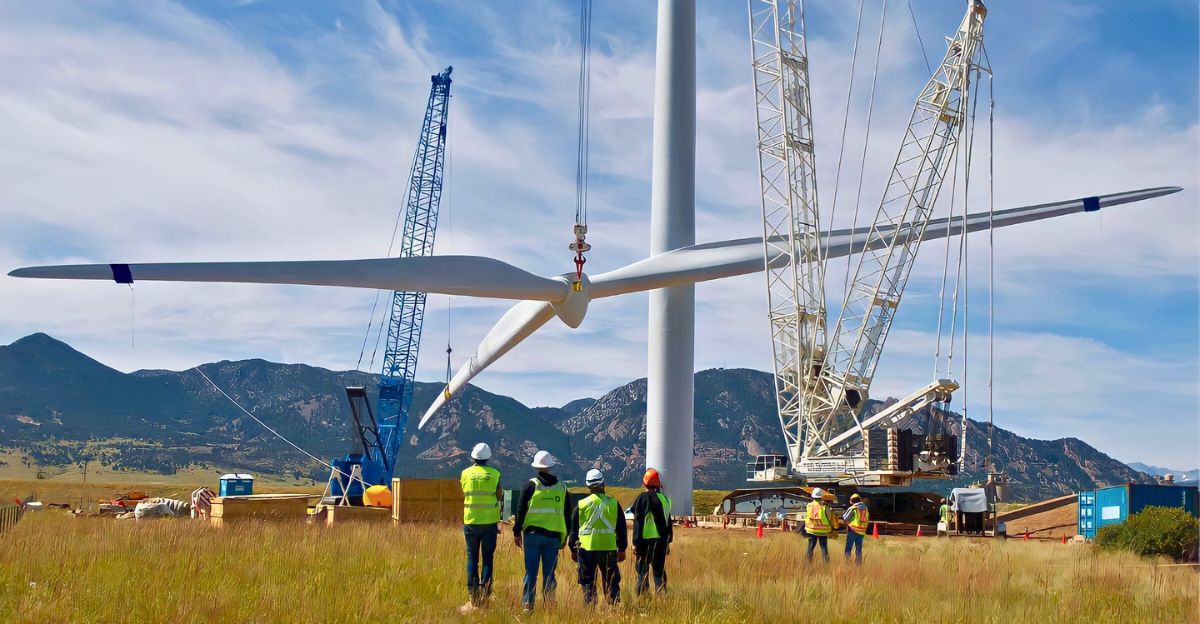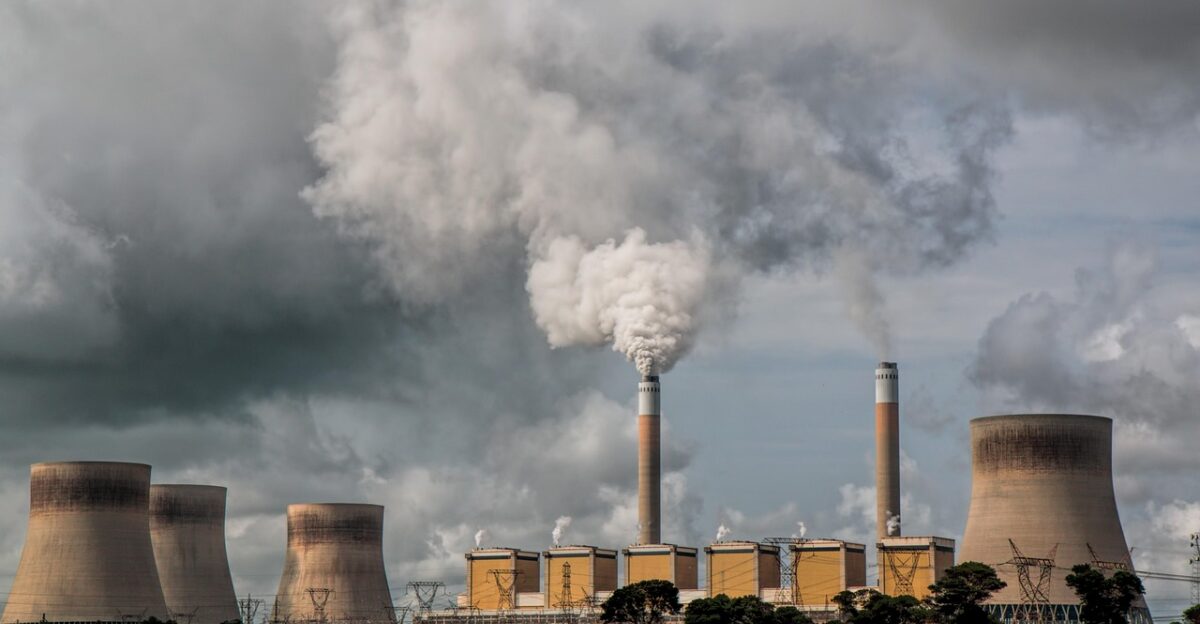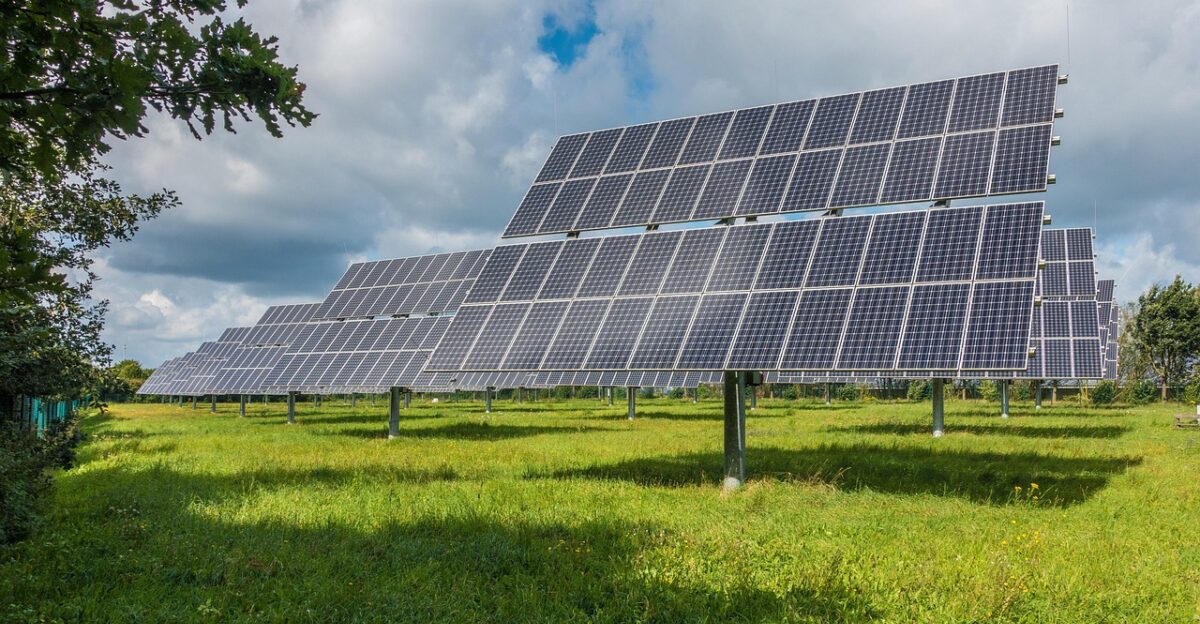
President Donald Trump on July 7 issued an executive order directing agencies to phase out tax breaks for wind and solar power. The White House fact sheet said the move will “eliminate subsidies for unreliable ‘green’ energy sources like wind and solar”. Trump’s statement described renewable energy as “unreliable, expensive” and tied to “foreign-controlled supply chains,” arguing that it “displaces more dependable energy” and even harms the grid.
The order explicitly implements provisions of the new “One Big Beautiful Bill” budget law, effectively enforcing a rapid end to the clean energy tax credits approved just days earlier.
Rationale and Political Context

The administration frames this as a win for national security and fiscal restraint. A White House fact sheet declares ending “the massive cost of taxpayer handouts to unreliable energy sources is vital to energy dominance, national security, [and] economic growth”. Officials say cutting renewable subsidies protects the U.S. from dependence on foreign supply chains.
Critics note the timing: Congress had just passed the budget reconciliation “One Big Beautiful Bill,” which already phases out Biden-era credits. Observers say Trump’s order fulfills a promise to hardline conservatives in his party, who demanded deeper cuts in return for votes on the bill.
Renewable Projects Face Tight Deadlines

Industry officials warn the new rules will instantly squeeze wind and solar developers. Under the new law, projects must begin construction by mid-2026 or lose credits by end-2027. “If projects don’t manage to commence construction before July 4 next year, [they] will get cut off at the knees,” says Harry Godfrey of Advanced Energy United.
He notes this effectively turns a multi-year pipeline into a one-year sprint for mid-stage projects. Financing is already drying up: financiers demand certainty, and Godfrey says capital will “go elsewhere” if completion by the deadline isn’t guaranteed.
Market and Investor Backlash

Wall Street reacted sharply. Within days, shares of U.S. clean-energy companies slid. First Solar and Enphase Energy fell about 5%, NextEra Energy shed 4%, and SolarEdge lost roughly 3%. Analysts caution that long-term demand for power (from AI data centers, EVs, etc.) remains strong, but the policy shock spooked investors. A recent report estimated the budget bill’s phaseout could cut nearly $500 billion in clean-energy investment over 10 years.
Some strategists point out silver linings: an RBC analyst noted that companies with strong domestic manufacturing (like First Solar) may weather the cutbacks, since global demand for renewables is still rising.
Fossil-Fuel Fill-In and Grid Impacts

Energy experts warn the order could slow the renewable buildout and push the grid toward more fossil fuels. Building new gas-fired generators is impractical in the short term – vendors report being booked until 2030, and construction costs have tripled. Nuclear or geothermal also can’t quickly make up the difference.
As one Reuters commentator notes, the U.S. is likely “to burn more and build less”. The Princeton REPEAT Project projects that by 2035, the cuts could eliminate about 820 terawatt-hours of expected clean power, translating into ~$50 billion in extra electricity costs.
Trade, Security and Climate Fallout

Trump’s team emphasizes national security: the order cites “foreign adversaries” controlling clean-tech supply chains. In practice, critics argue this punishes companies that import parts from China and elsewhere. Globally, other nations continue expanding renewables, potentially widening the U.S. lag in clean energy leadership. Independent studies warn that the credit cuts will dent U.S. clean-tech jobs and raise electricity prices.
For example, think tanks report that slashing subsidies could mean thousands of lost jobs in solar, wind and EV manufacturing, and average household bills could climb.
Industry and Advocate Voices

Renewable industry leaders are sounding alarms. Abigail Ross Hopper of the Solar Energy Industries Association cautions that the EO “targets longstanding… tax rules that allow realistic financing timelines” and urges that “even-handedness is are bedrock of federal policy that cannot be undone by the stroke of a pen”.
BloombergNEF analyst Derrick Flakoll says the order is “a big deal” whose main impact may be creating uncertainty: it “could push a lot of projects out of eligibility or into such an uncertain state… that it becomes hard to build and finance them”. Some opponents frame the move as propping up fossil fuels.
Political Theater and Policy Fights

The EO has split policymakers. In Congress, hard-right Republicans applauded the move. Rep. Ralph Norman (R-S.C.) told CNBC that Trump will “use his powers to… make sure a lot of these subsidies won’t remain in effect”, effectively fulfilling the Freedom Caucus pledge. But moderate Republicans and Democrats worry the order clashes with earlier deals. Jason Grumet, head of the American Clean Power Association, notes the EO “seems at odds” with a compromise under which projects would have a full year to start under previous rules.
Even conservative think tanks weigh in: Thomas Pyle of the Institute for Energy Research says the administration can now “tighten up the definitions” to block any loopholes.
What Consumers Should Know

Energy consumers should brace for effects on prices and choices. With federal incentives shrinking, households may see electricity costs rise as renewables growth slows. Experts advise locking in low rates and improving home efficiency now. Rooftop solar and battery storage customers could be especially affected as tax breaks end.
Finance analysts note that even without credits, renewable projects still need funding, meaning lenders will demand more certainty on timelines. In other words, Americans may need to take energy matters into their own hands: weatherize homes, consider private solar installations before incentives expire, and keep an eye on state and local programs that might step in to support clean energy when federal support vanishes.
Looking Ahead

Trump’s executive order marks a sweeping policy shift. Regulators have 45 days to define exactly what counts as “under construction,” a decision that will decide which projects survive. Courts may also review any overreach. Investors and developers will recalibrate plans now that decades of IRS guidance have changed. For the moment, analysts say the U.S. power mix will tilt back toward fossil fuels, at least in the short term.
As one Breakingviews columnist warned, this could “vaporize” gigawatts of green power once expected and end up burning more coal and gas.







